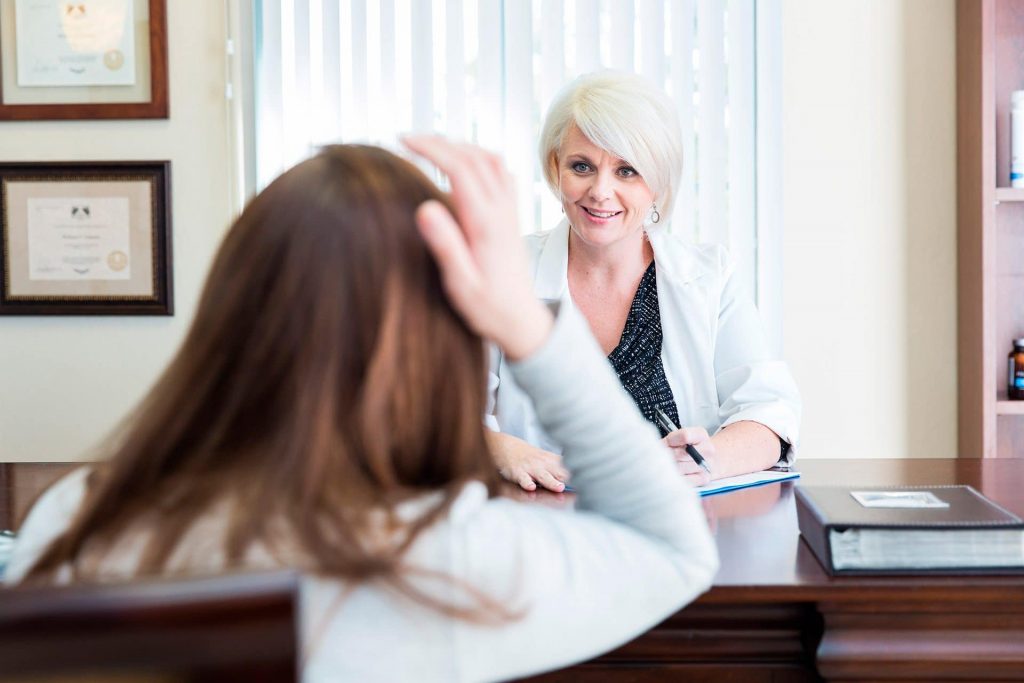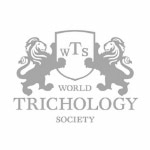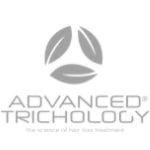
The word “trichology” comes from the Greek word ‘Trikhos’, which means ‘hair’. Although the science of the hair and scalp has been around for centuries, it formally got its name in the late 1800s, when a group of like-minded doctors and hairdressers joined together to found the College of Diseases of the Hair.
Established in London, the foundation, now known as the Institute of Trichologists, is the oldest professional association of hair specialists in the world, and had Trichology officially recognized as a specific paramedical discipline in 1902.
The Institute was born with the objective of advancing the care and study of hair and scalp by having doctors and hair professionals connect and share their knowledge on the subject of hair.
Prior to 1900s, hair washing was not an important part of Americans hygiene practices. People tried their best to keep their hair free of parasites and dandruff, but it was simply not a focus until the turn of the century. Nonetheless, as time went on, taking care of one’s hair was became seen as very important by the 1930s and 1940s.
Hair products from the 1920’s prove that there was already a demand for shampoos and tonics that claimed to produce healthy bounty of hair, to cure dandruff and baldness, as well as renewing greying or brittle hair.
The history of Trichology as an officially recognized discipline in the United States is fairly recent, with the majority of the public only becoming aware of the science of hair and scalp in the last two decades.
Although the United States does not have an equivalent of the formally recognized Institute of Trichologists in the UK, there now multiple well-respected societies that are producing Certified Trichologists.
With the recent rise in popularity of Trichology, there has been a phenomenal increase in the number of classes being offered in this field. Unfortunately, not all the certifications promoted by organizations and associations form truly qualified trichologists, so it’s important to do due diligence and educate yourself on the different programs available.
Some associations or programs are not regulated by official certification agencies or post-secondary education. Which means they do not have to subject themselves to the same standards they would if they were overseen by a qualifying agency or board.
Both consumers and potential students need to wary of un-sanctioned Trichology courses in the United States. Trichological training involves a comprehensive study of chemistry, biology, anatomy and physics, as well as extended hours of practical training to expose the trainee to as many types of hair loss and scalp conditions as possible.
Although the United States does not have an equivalent of the formally recognized Institute of Trichologists in the UK, there now multiple well-respected societies that are producing Certified Trichologists.
To become a certified trichologist in the United States, the Trichology course is recommended to be authorized and governed by a Post Secondary Board of Education. Current recommended US-based courses as of 2019 are:



